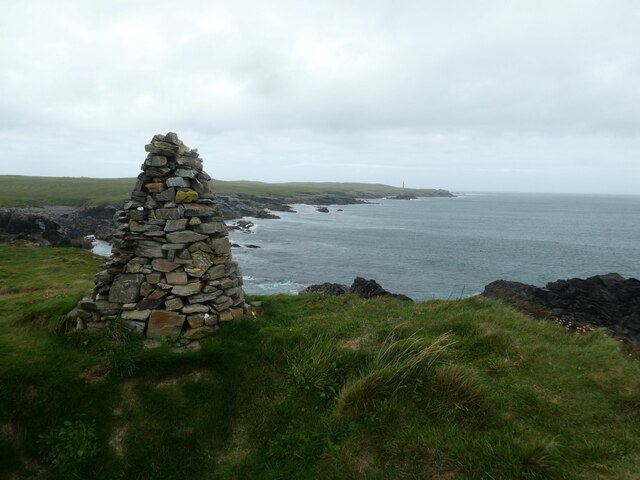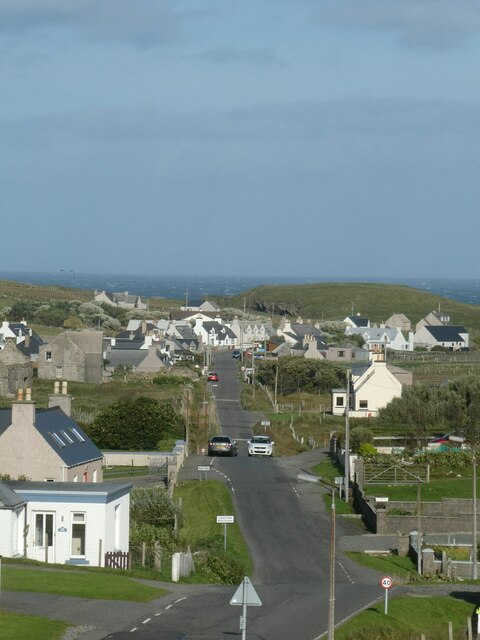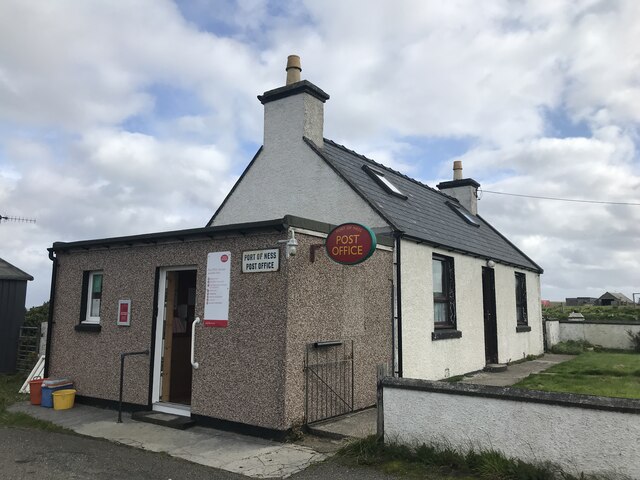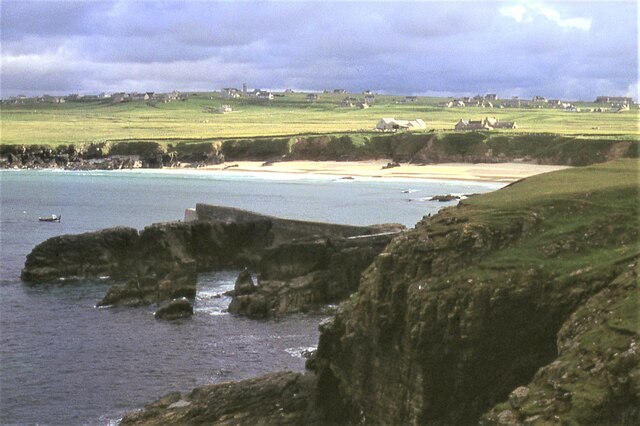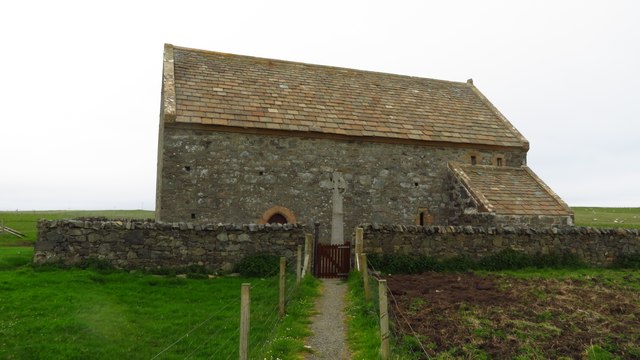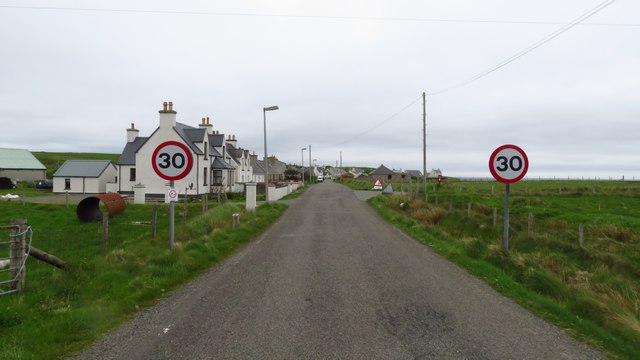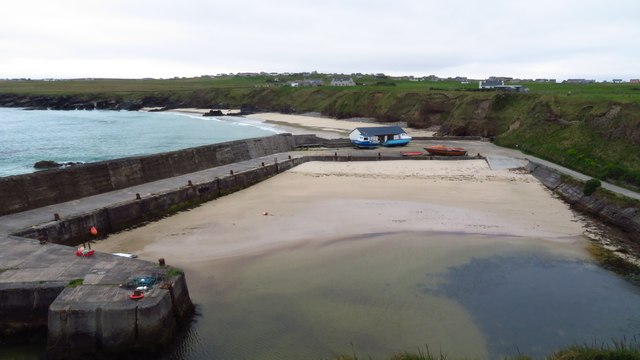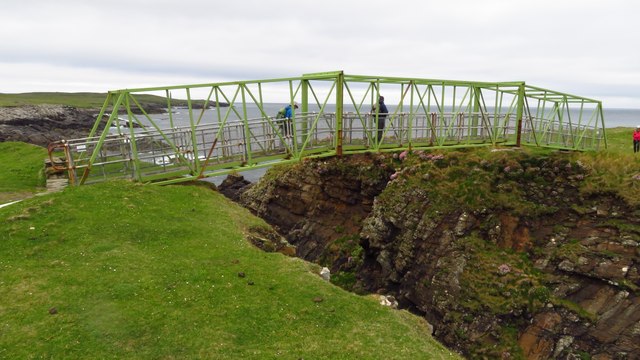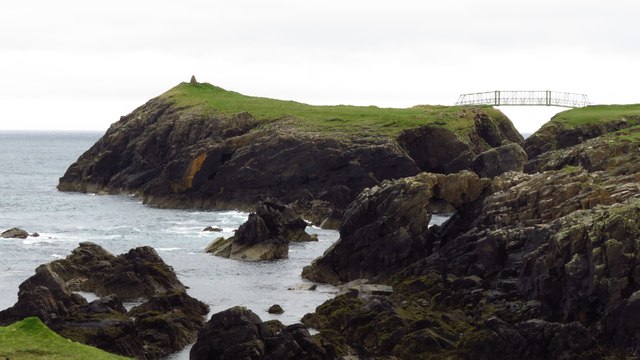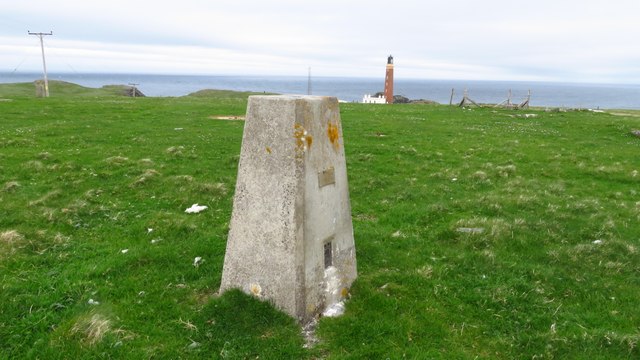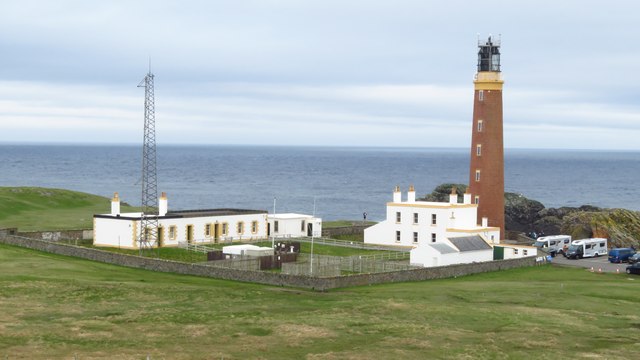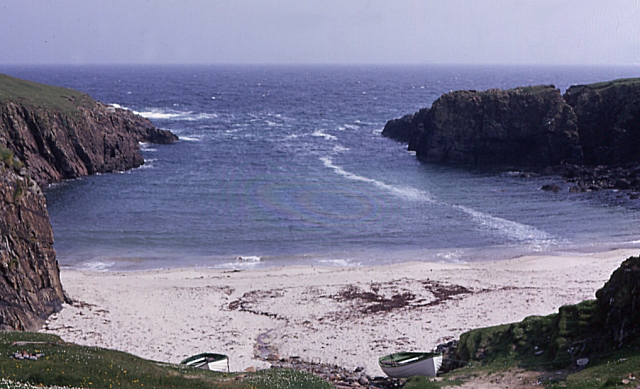Cladach an Eilein
Coastal Feature, Headland, Point in Ross-shire
Scotland
Cladach an Eilein
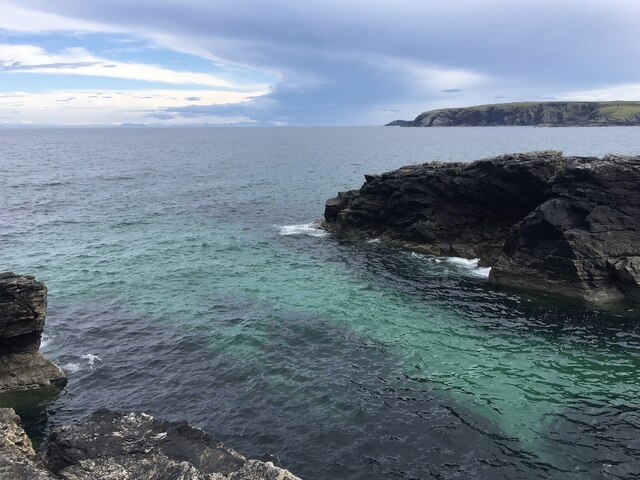
Cladach an Eilein, located in Ross-shire, Scotland, is a stunning coastal feature known for its picturesque headland and point. Situated along the northwestern coastline of the country, this natural beauty spot is a popular destination for locals and tourists alike.
The name "Cladach an Eilein" translates to "shore of the island," referring to the nearby Isle of Skye, which can be seen from the headland. The rugged coastline is characterized by towering cliffs and rocky outcrops, providing a dramatic and breathtaking backdrop.
The headland is a prominent feature, jutting out into the sea and offering panoramic views of the surrounding landscape. From this vantage point, visitors can witness the crashing waves of the Atlantic Ocean, observe a variety of seabirds, and, on a clear day, catch a glimpse of marine wildlife such as seals and dolphins.
Cladach an Eilein is a paradise for hikers and nature enthusiasts. The area is dotted with walking trails, allowing visitors to explore the diverse flora and fauna that call this coastal region home. Moss-covered rocks, colorful wildflowers, and hardy grasses create a vibrant tapestry against the backdrop of the deep blue sea.
As a popular tourist destination, Cladach an Eilein is equipped with visitor amenities, including a car park and information boards detailing the history and geology of the area. The site is easily accessible by road and is often included as part of scenic coastal road trips in the region.
In conclusion, Cladach an Eilein in Ross-shire is a remarkable coastal feature with its impressive headland and stunning views of the surrounding scenery. Its natural beauty, combined with its accessibility, makes it a must-visit destination for anyone exploring the Scottish coastline.
If you have any feedback on the listing, please let us know in the comments section below.
Cladach an Eilein Images
Images are sourced within 2km of 58.506312/-6.242098 or Grid Reference NB5265. Thanks to Geograph Open Source API. All images are credited.
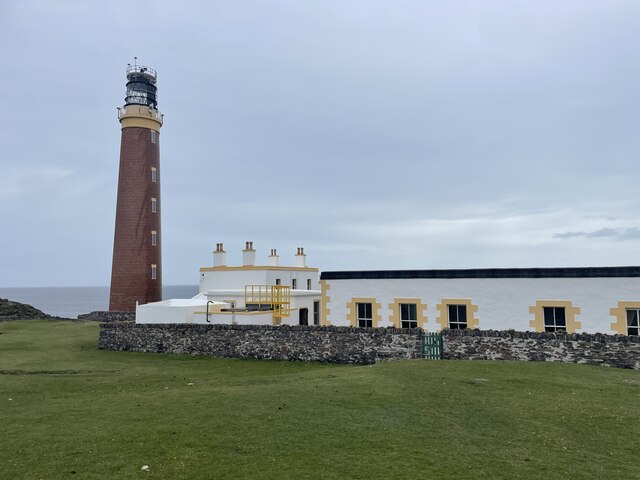
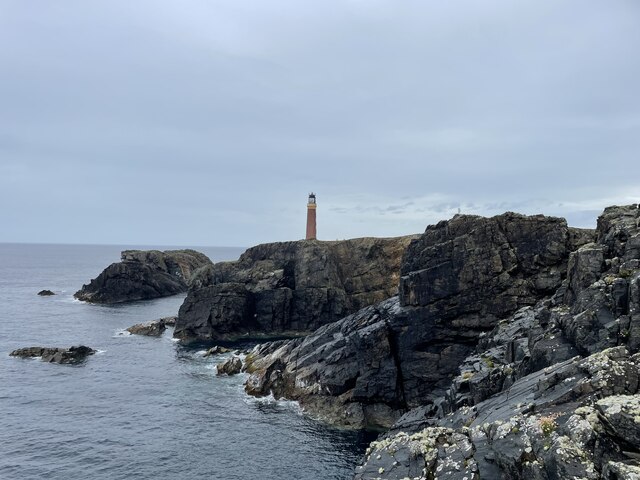
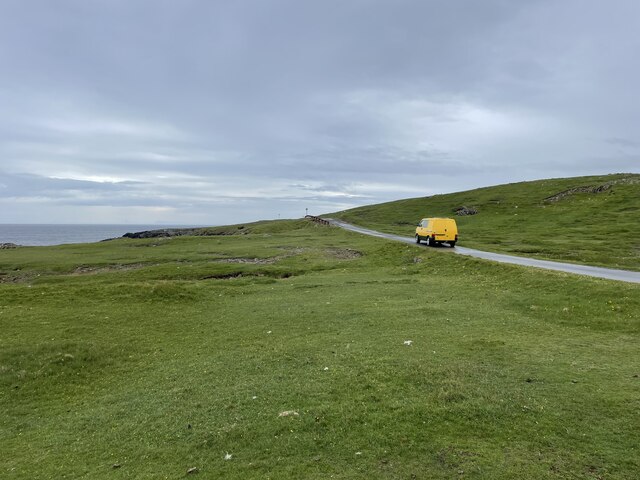
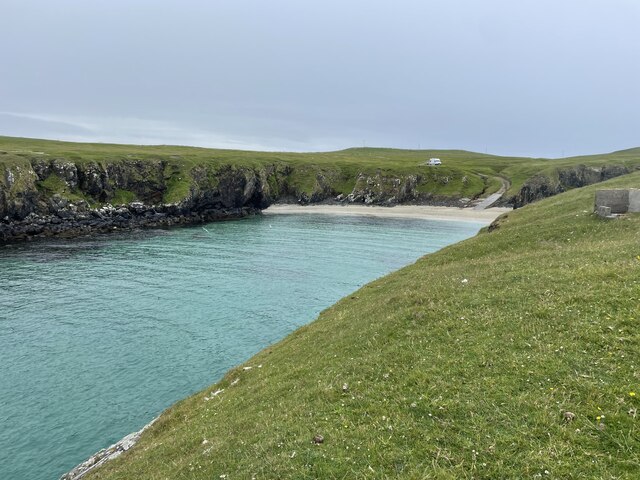
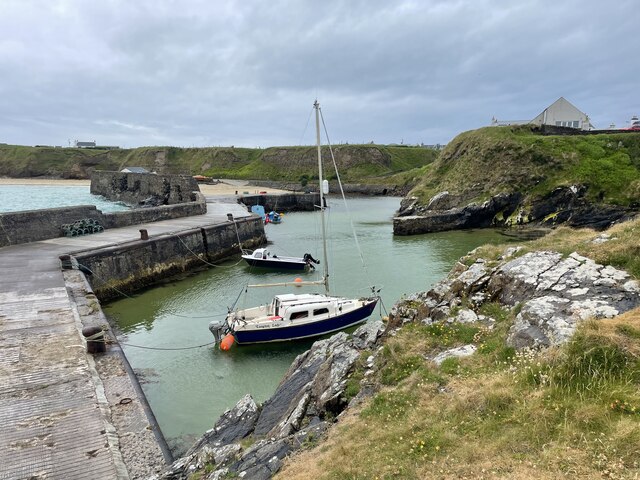
Cladach an Eilein is located at Grid Ref: NB5265 (Lat: 58.506312, Lng: -6.242098)
Unitary Authority: Na h-Eileanan an Iar
Police Authority: Highlands and Islands
What 3 Words
///structure.parks.decently. Near North Tolsta, Na h-Eileanan Siar
Nearby Locations
Related Wikis
Dùn Èistean
Dùn Èistean is a multi-period archaeological site on an inter-tidal sea stack on the north east coast of the Isle of Lewis, near the village of Knockaird...
Port Stoth
Port Stoth, known locally as Stoth and pronounced Stow, is a sheltered inlet just southeast of the Butt of Lewis in the Outer Hebrides, Scotland. It is...
Fivepenny
Fivepenny (Scottish Gaelic: Na Còig Peighinnean) is one of the many villages in the Lewis district of Ness (Nis in Gaelic) and part of the Isle of Lewis...
Knockaird
Knockaird (Scottish Gaelic: An Cnoc Àrd) is a village on the Isle of Lewis in the parish of Ness, in the Outer Hebrides, Scotland. It is the highest point...
Have you been to Cladach an Eilein?
Leave your review of Cladach an Eilein below (or comments, questions and feedback).
